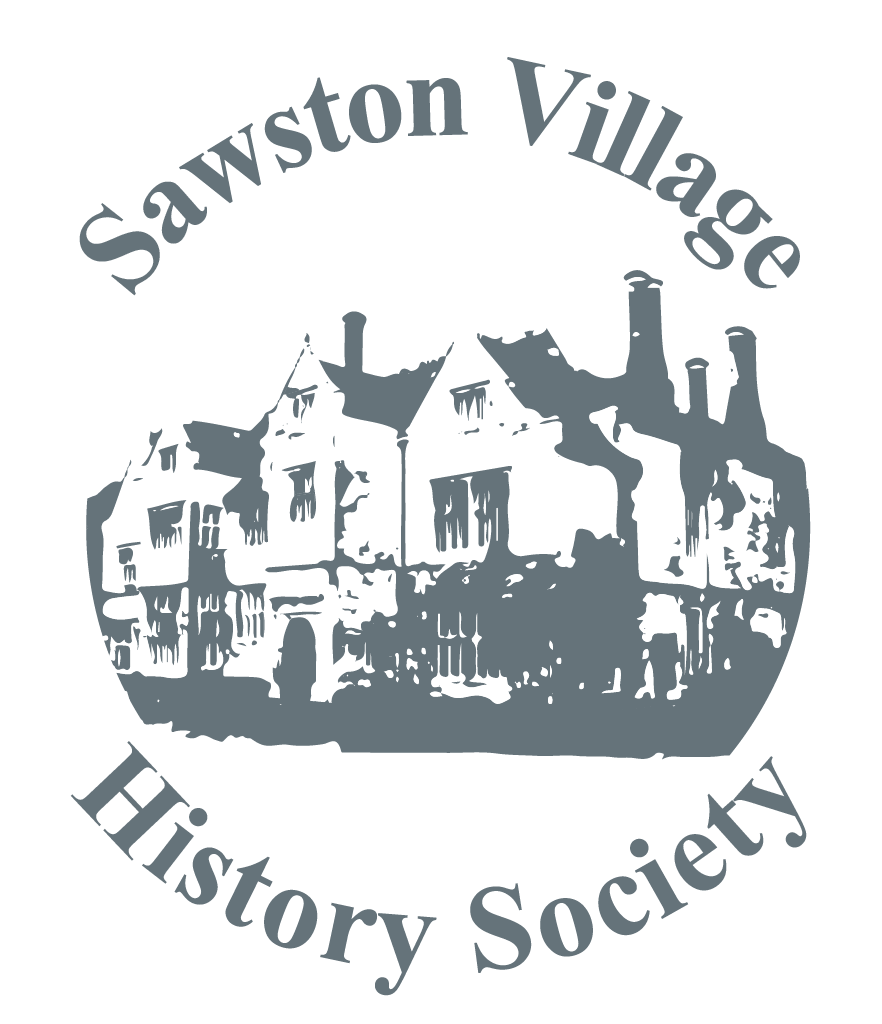
Several members had come to this meeting expecting to be obliged to listen to a rather boring account of some rather obscure Cambridge industry but Bernard O’Connor’s breezy presentation style rapidly gained peoples interest. Coprolites are simply fossilized dinosaurs, and dinosaur poo, which happen to be very rich in phosphates. The name “coprolite” derives from the Greek term for “dung stone.” A belt of this coprolite occurs in a south west – north east direction, approximately centred on Cambridge, stretching from Leighton Buzzard in the south to Soham in the north, and is about 7 miles at its widest in the Cambridge area.
This coprolite belt was laid out around 95 million years ago when this area was on the west coast of the land mass of Panagae. It is thought that a sudden rise in the sea level (possibly caused by a large meteorite), together with a rise in CO2, caused a rapid local extinction of the animals living in the coastal region. These carcasses became rich in phosphates and covered in sediment, later forming the Greensand geological strata. Sawston is just to the east of this Greensand so is just outside this coprolite belt. This caused a member (not known for his reticence) to remark wryly that the dinosaurs avoided Sawston!
It was around 1840 that it was noticed that in a field of turnips in Coldham’s Common there were some parts where the turnips grew more strongly and, on digging below these areas, hard brown lumps were discovered. At this time, there was an urgent need for an efficient and cheap fertiliser to help boost the increasing demand for crops so it was not long before these stones, after grinding, were being used to increase crop production. However, this stone powder was insoluble in water and it was quickly realised that this would be even more efficient if it could be made water soluble. Enter John B Lawes, self taught agricultural chemist and early Victorian entrepreneur. He developed and patented a process where the ground coprolite was mixed with oil of vitriol (or concentrated sulphuric acid) resulting in a more soluble form of calcium phosphate or “superphosphate”, and superphosphate production factories were rapidly built. Lawes became so rich that he was able to set up and finance the world’s first agricultural research station at Rothamsted.
Coprolite digging and grinding was one of this region’s major industries, employing thousands of people, including fit young men to do the digging and manual work and women to wash and sort the stones. As a result of the proximity to Cambridge, the selling of more the more interesting fossils to academics also become important, as a visit to the Sedgwick museum will testify. Around 1900, because of the availability of cheap guano, coprolite exploitation became rapidly uneconomic and this industry came to a grinding halt. In the First World War, however, there was a resurgence of interest in coprolite and a number of seams, previously thought uneconomic, were reopened especially in the Trumpington/Hauxton area. Enormous mechanical shovels and other mining equipment were especially made for the coprolite extraction but at the end of the war this relatively expensive fertiliser source again became uneconomic. Now all that is now left of this once important local industry are a number of lakes and large mounds.
During his fascinating talk, Bernard circulated numerous stone objects, some of which could well have been exactly what might have been expected from a coprolite, although perhaps not originating from large dinosaurs. Many of these specimens were from broken fossilized skeletons and ammonites which fed on the dinosaur carcasses.